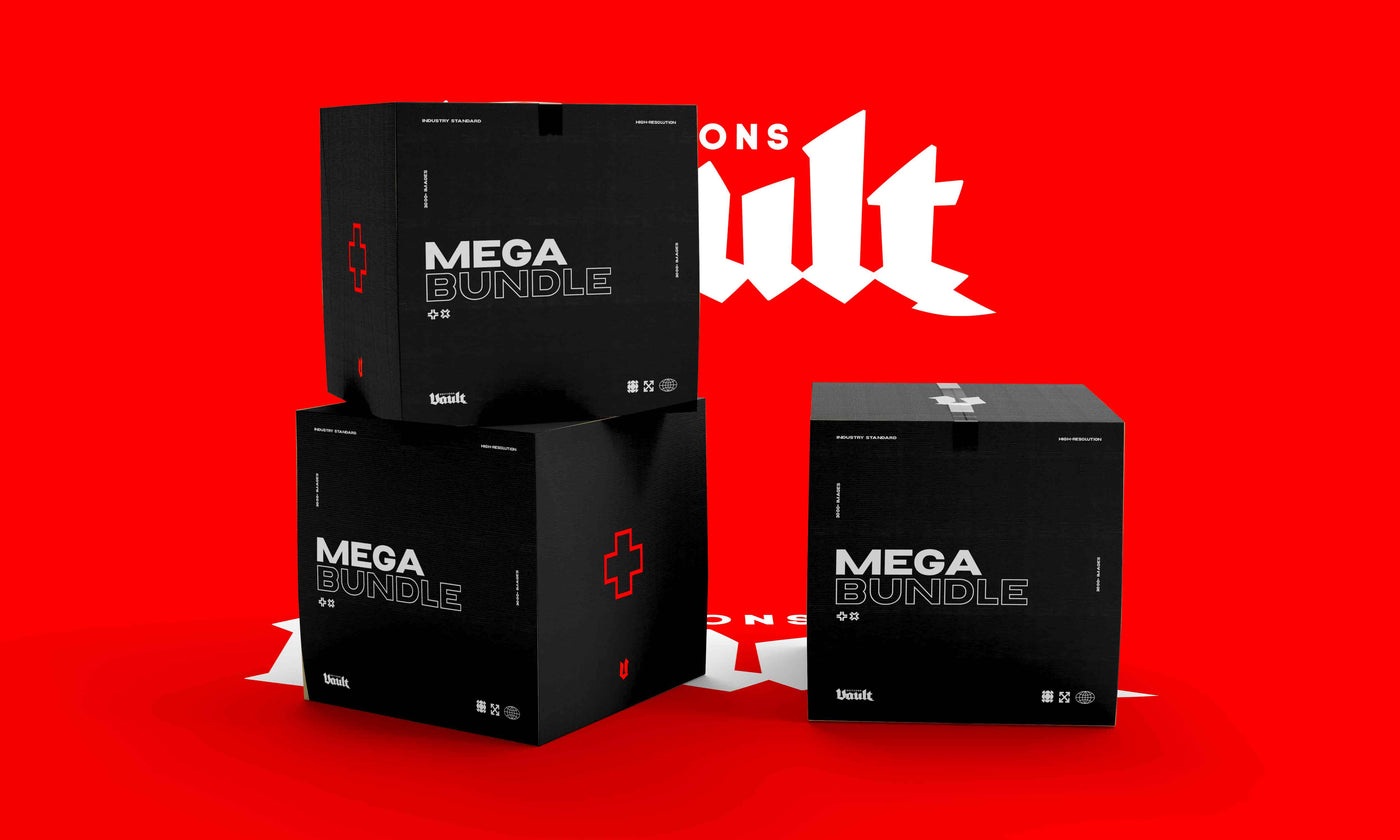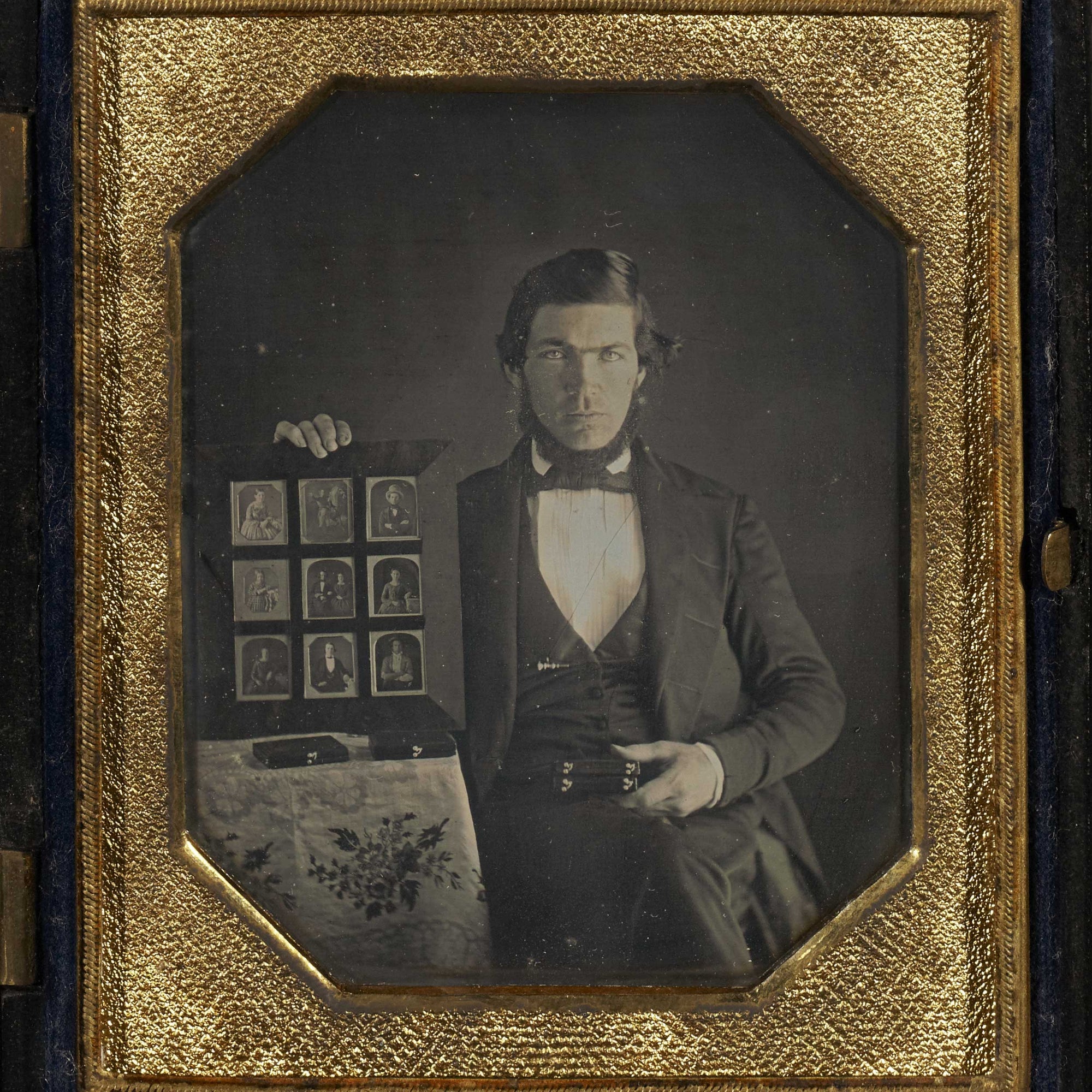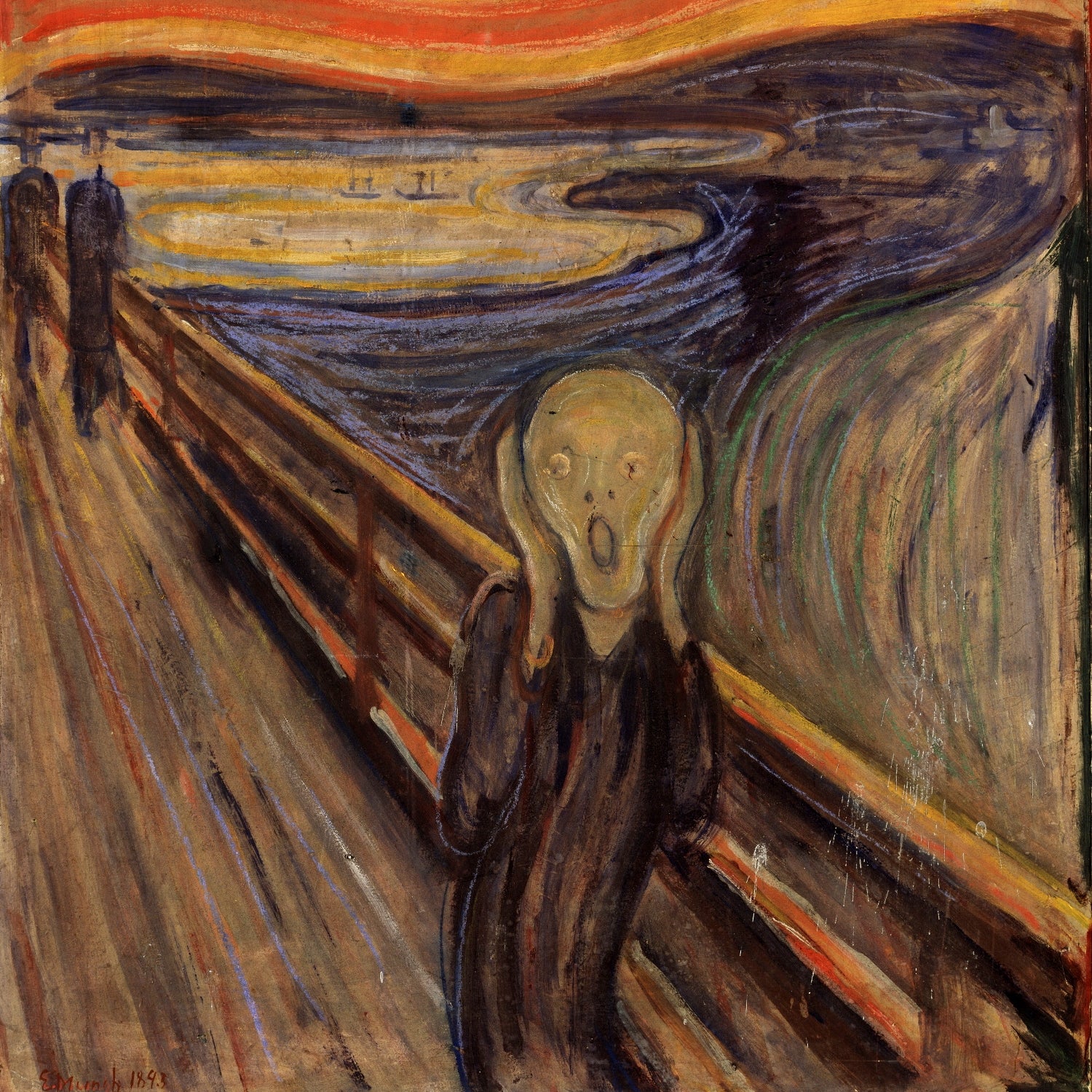Día de Los Muertos, or The Day of the Dead, is a celebratory festival that remembers and honours friends and family members who have died. It is a national symbol in Mexico, taught in schools and celebrated with public holidays. Día de Los Muertos is an important celebration of Mexican indigenous culture and is listed on UNESCO's list of Intangible Cultural Heritage of Humanity. The spirits of children are celebrated on the 1st of November, and the souls of adults on the following day. The ofrenda (Spanish translation of 'offering') is a widely recognised symbol of Día de Los Muertos, and this article will talk about the significance and importance behind the items used in an ofrenda. The below image is by Eneas de Troya shows a traditional altar for the Day of the Dead in Milpa Alta, Mexico City.
What is an Ofrenda?
How is an Ofrenda Constructed?
Photographer Jorge Mendez describes his image below. "Details of a homemade offering in Mixquic town located in the Tláhuac delegation south of Mexico City. Construction of the altar varies between families, but shares with all altars the joy of receiving visits from the spirits of their most beloved relatives."
|
|
 |
The decorations of an ofrenda are representative of the four elements. Lighted candles symbolise the fire element. Water is represented by the cups of water for the spirits to drink. The earth element is represented by the food offerings, as food comes from the earth. Papel Picado is a traditional Mexican paper craft made by cutting detailed patterns into coloured tissue paper. These sheets are strung onto banners during celebrations. Papel Picado for Día de Los Muertos is designed with patterns of skulls, (above photo by Chuchomotas). It is said that the holes in the paper allow spirits to pass through. They represent the element of air because they are lightweight and flutter in the breeze (below photo by Arturo Ochoa).
 |
Why is the Mexican Marigold Significant?
Further Reading:
Interested in Learning More?
 |








